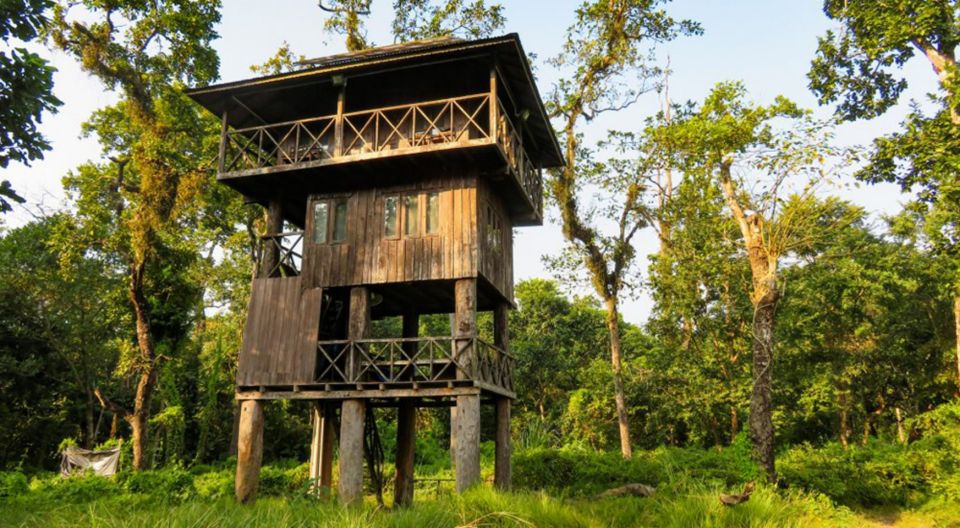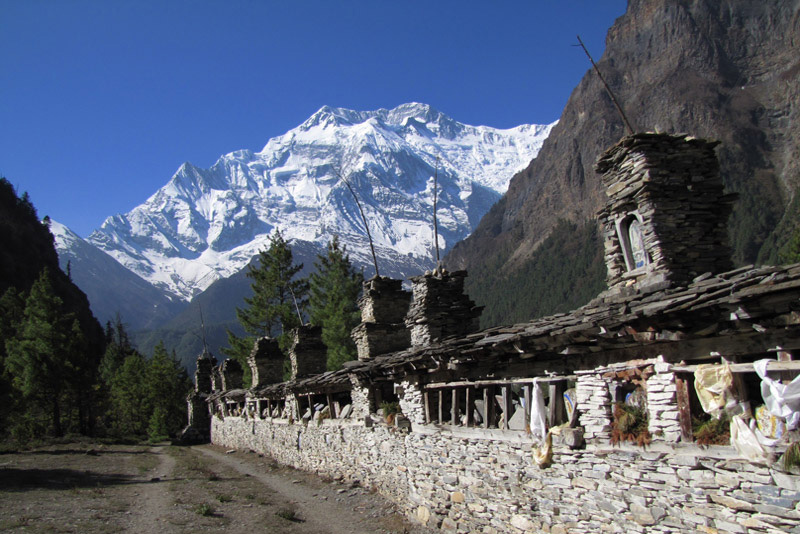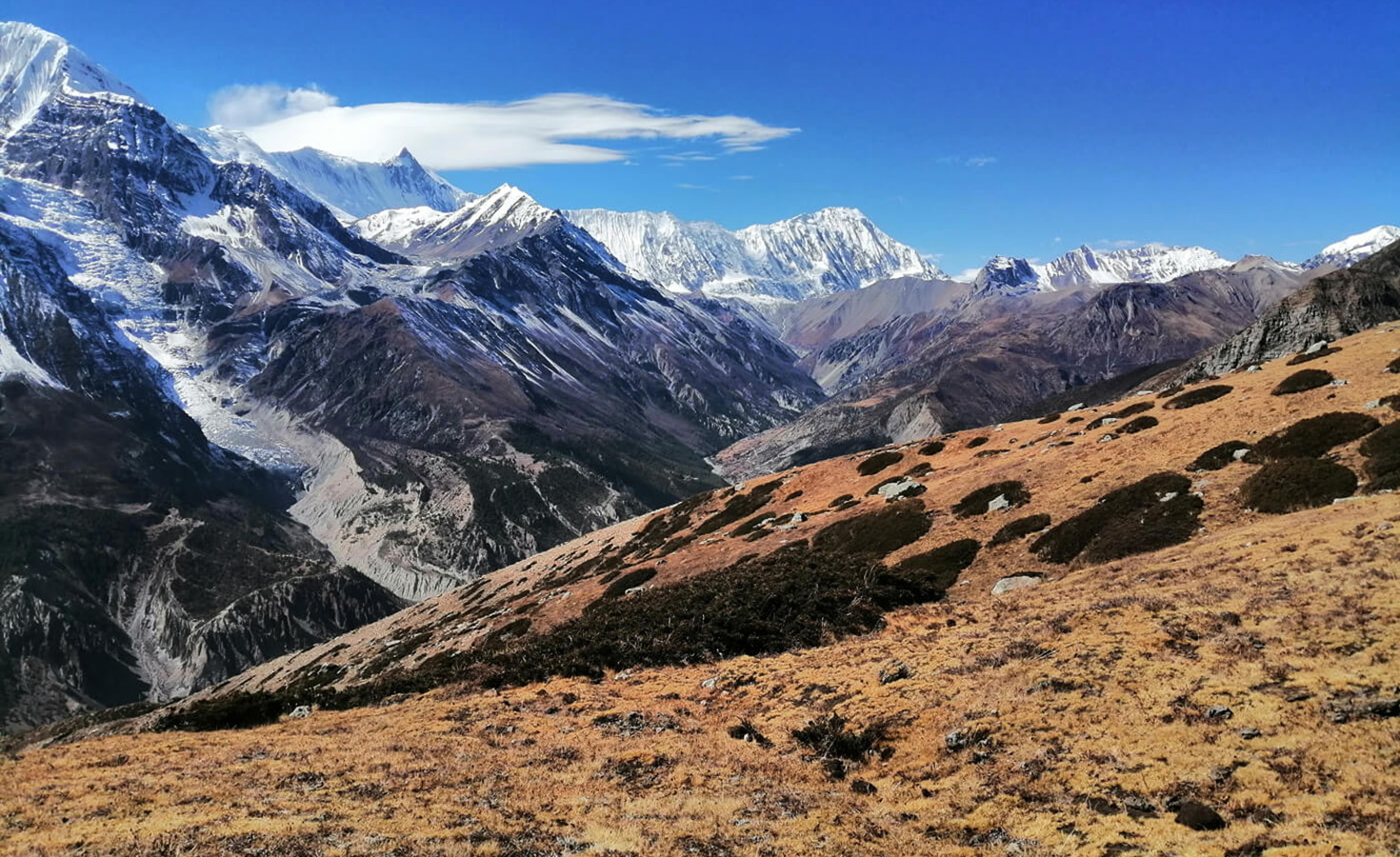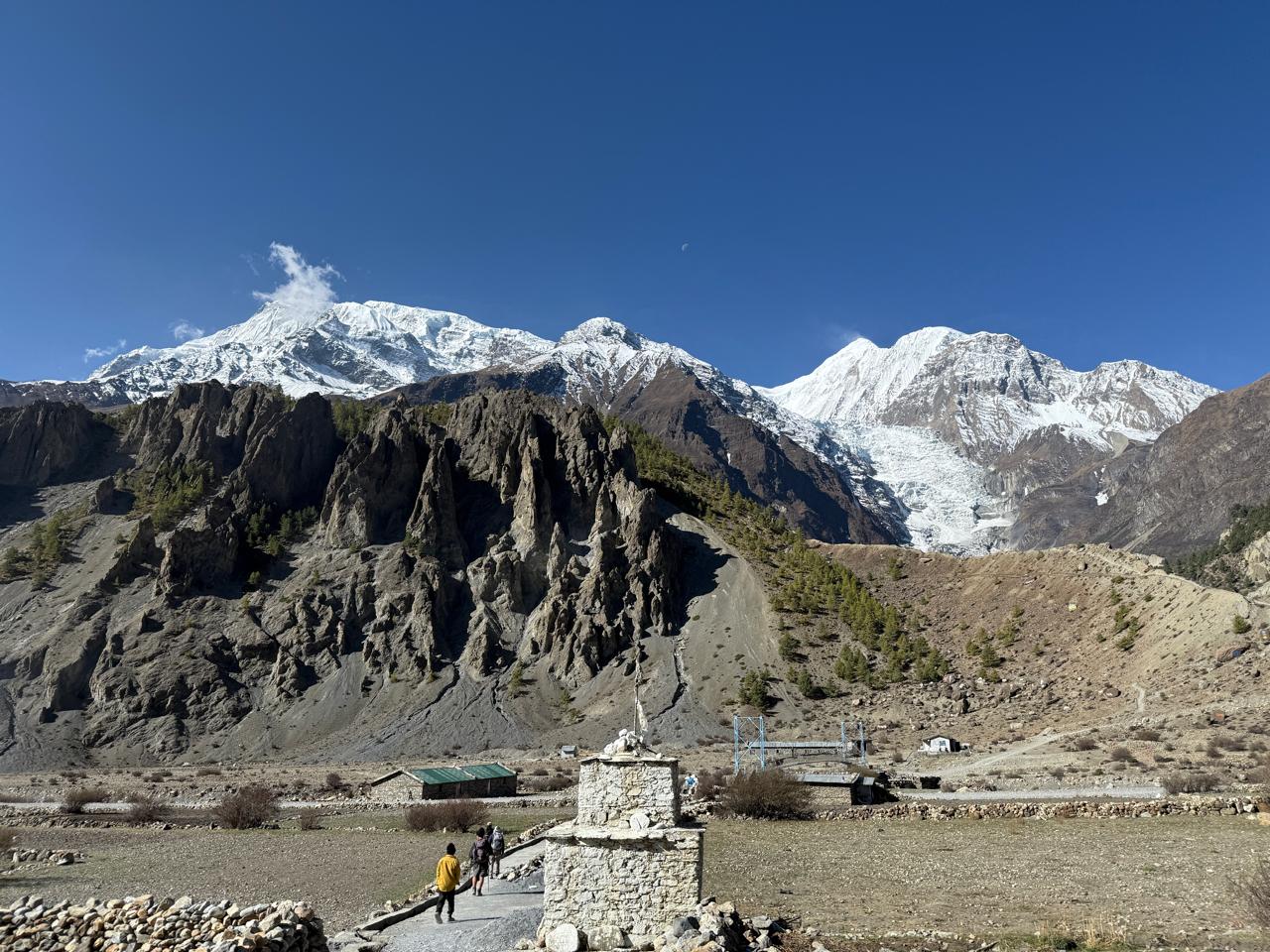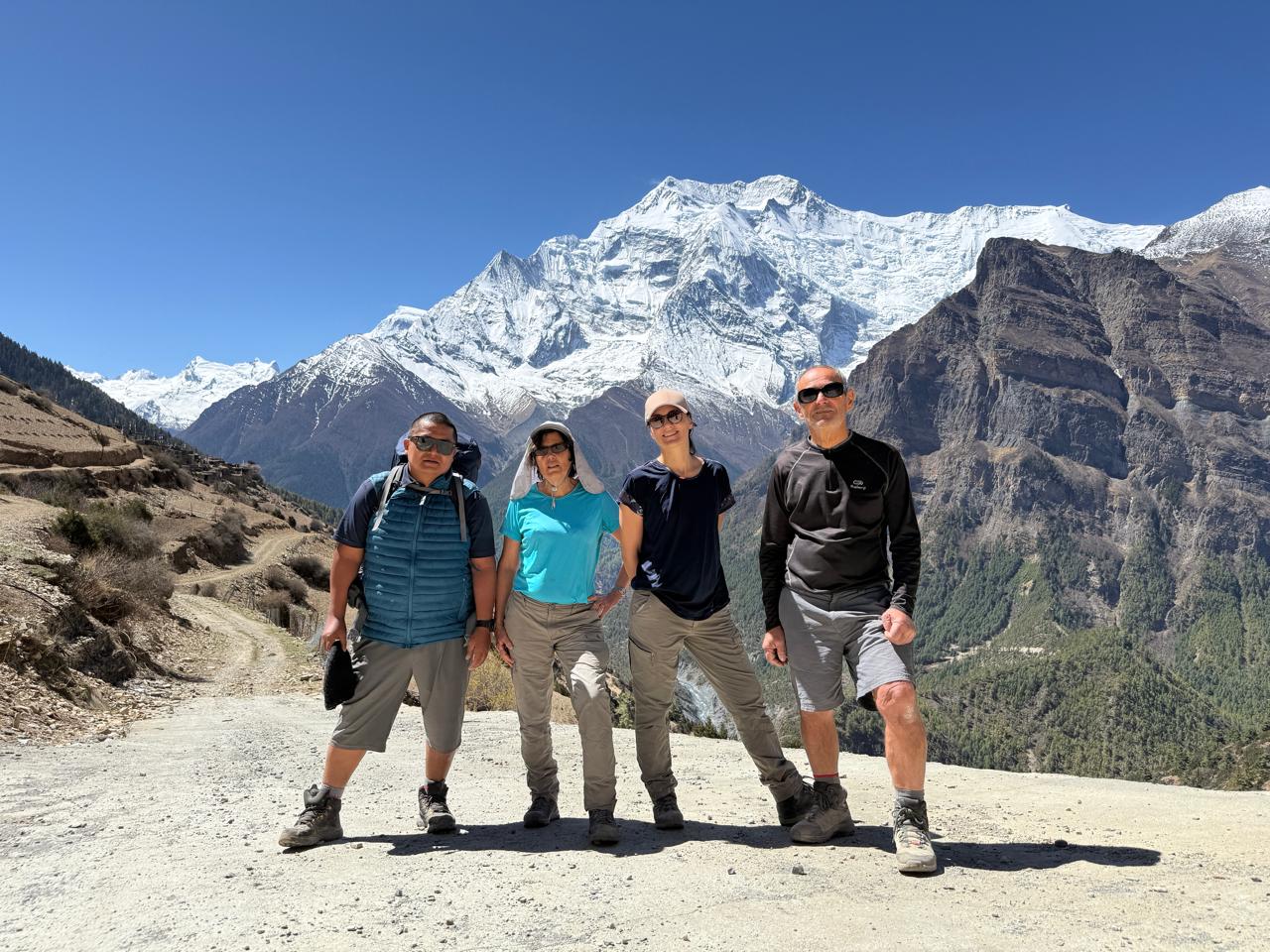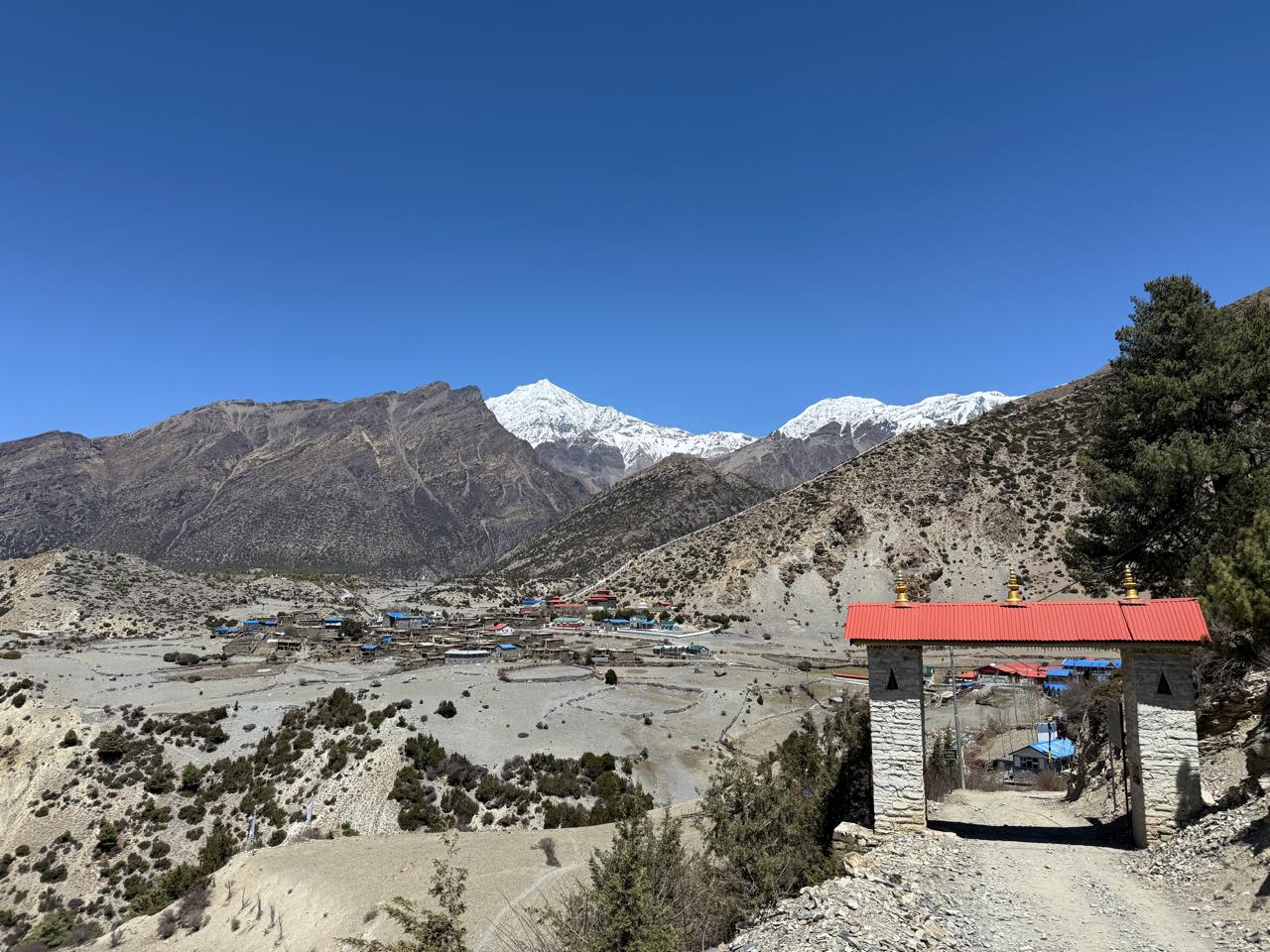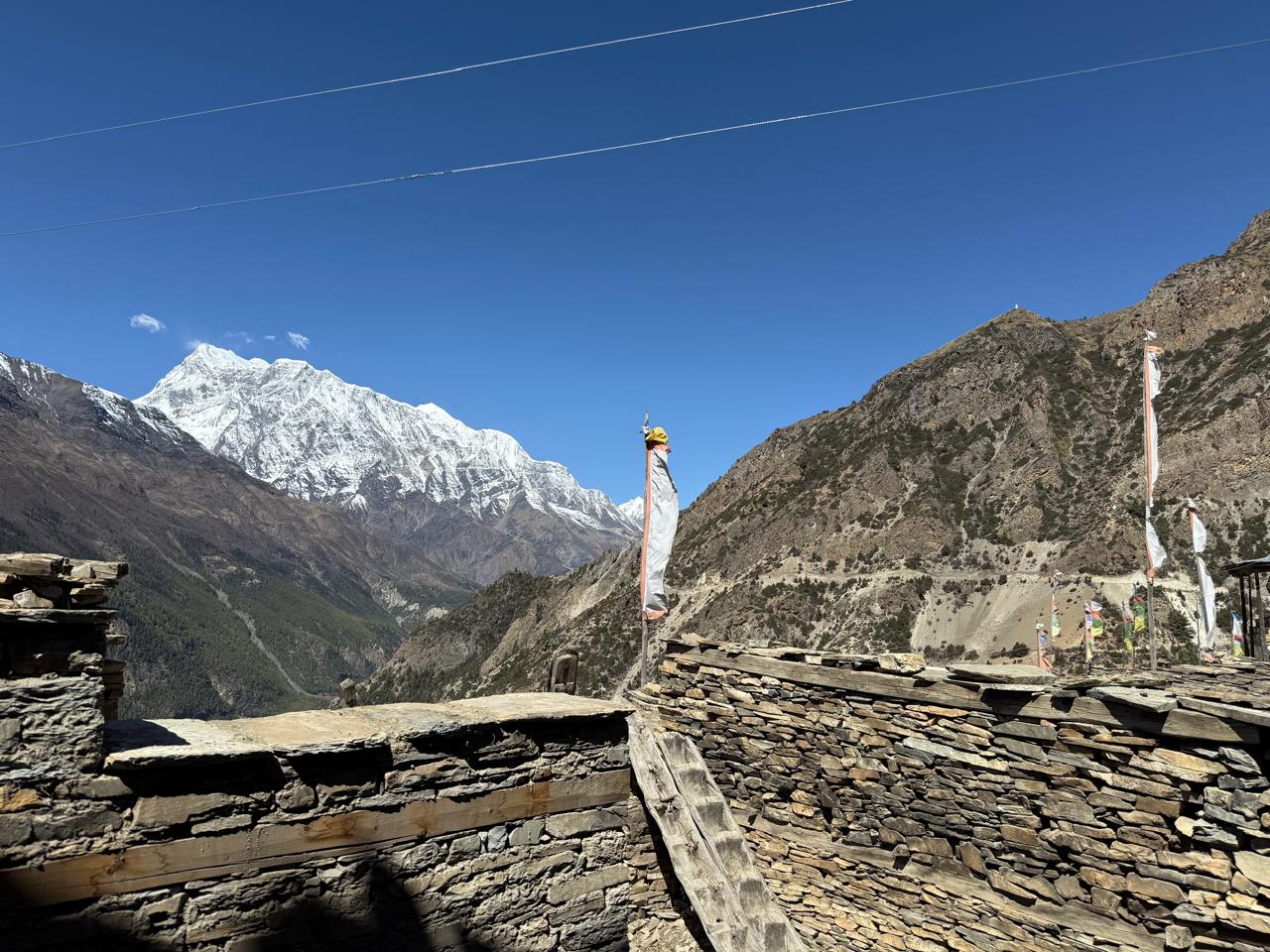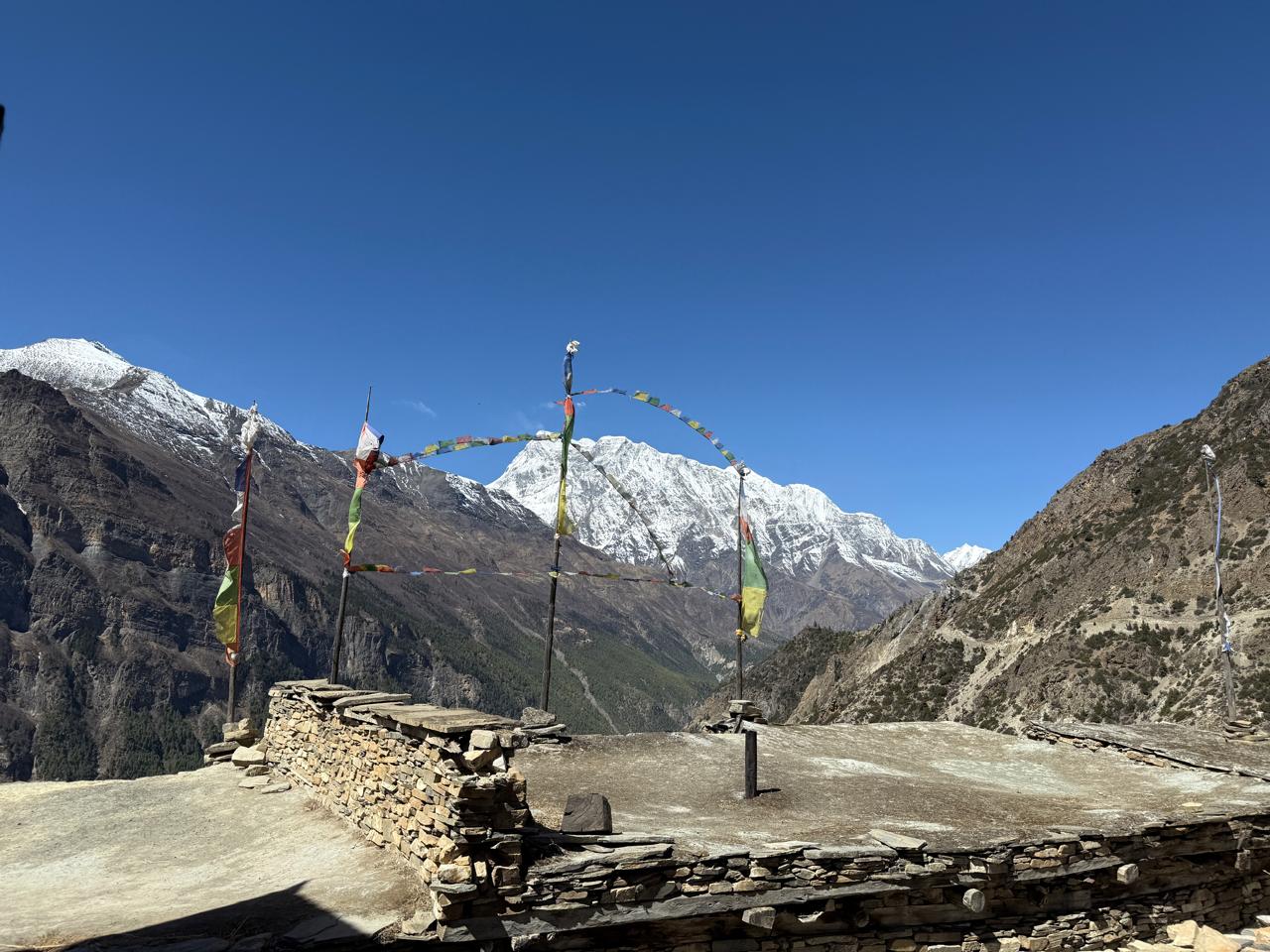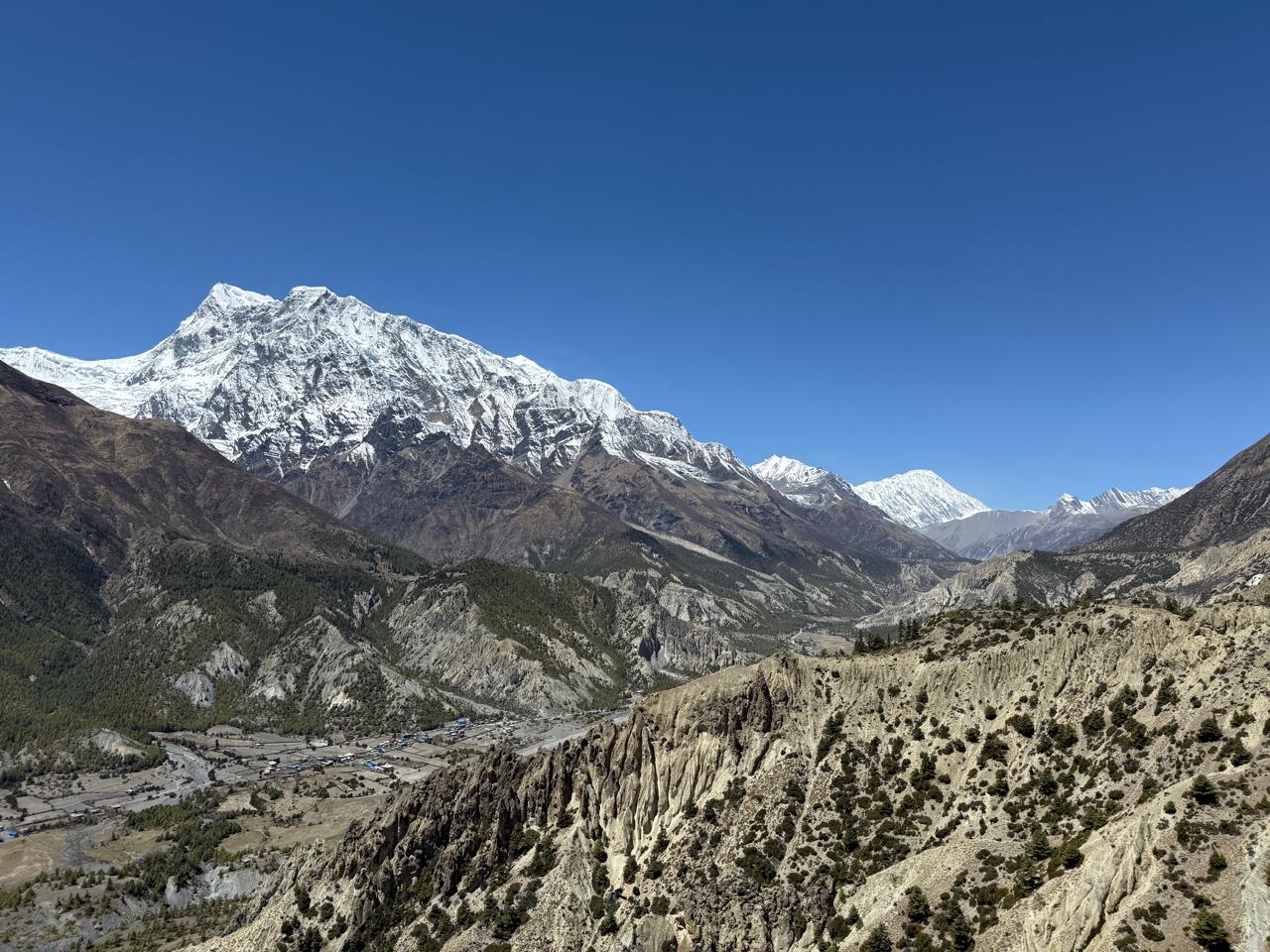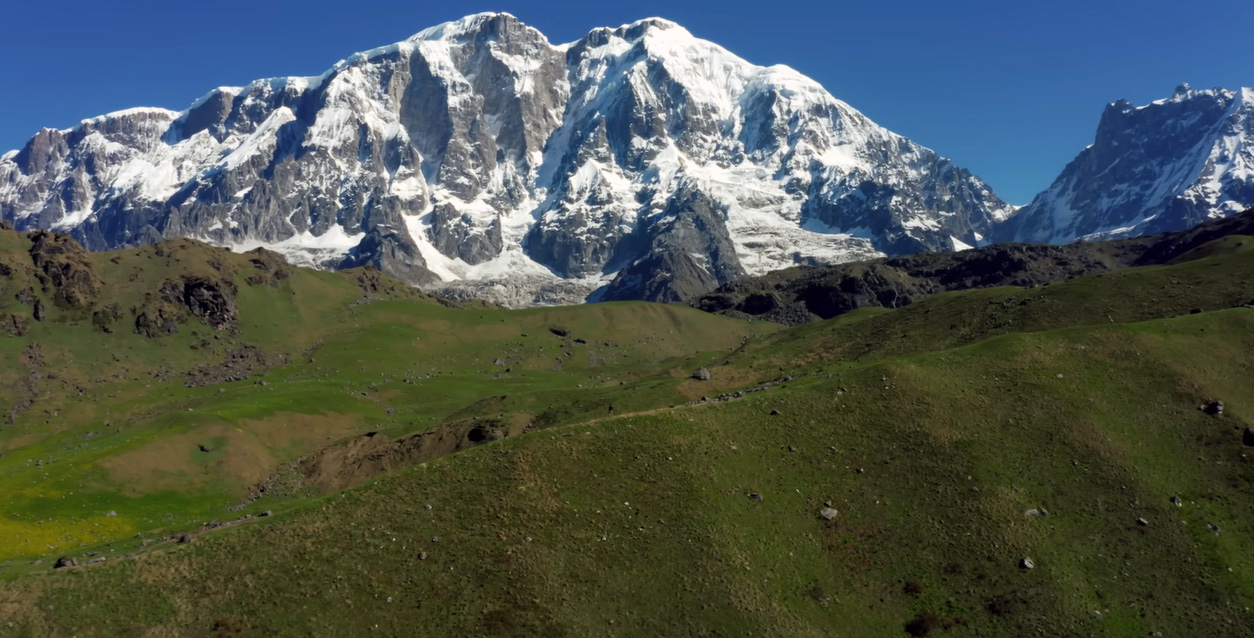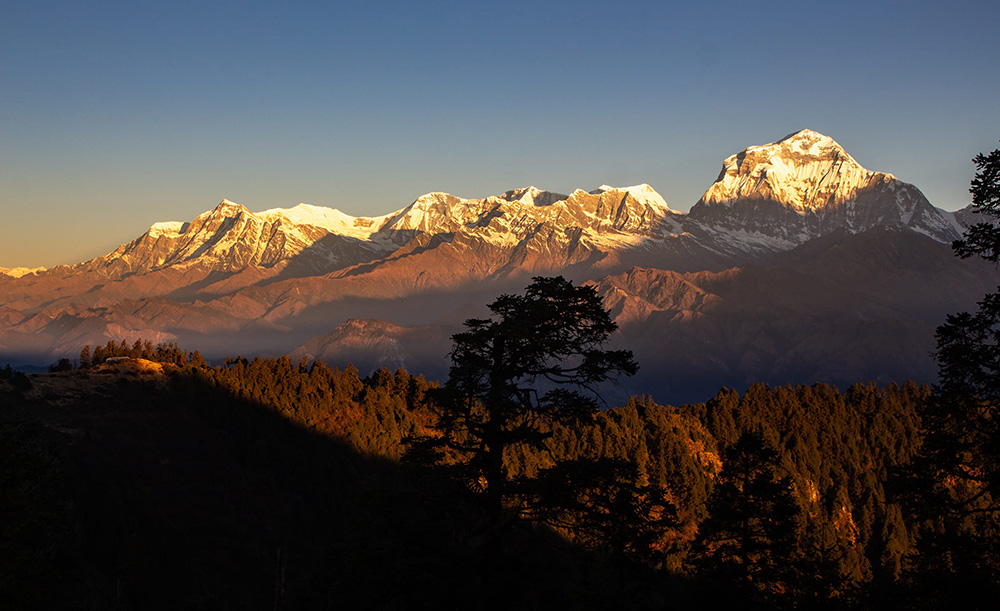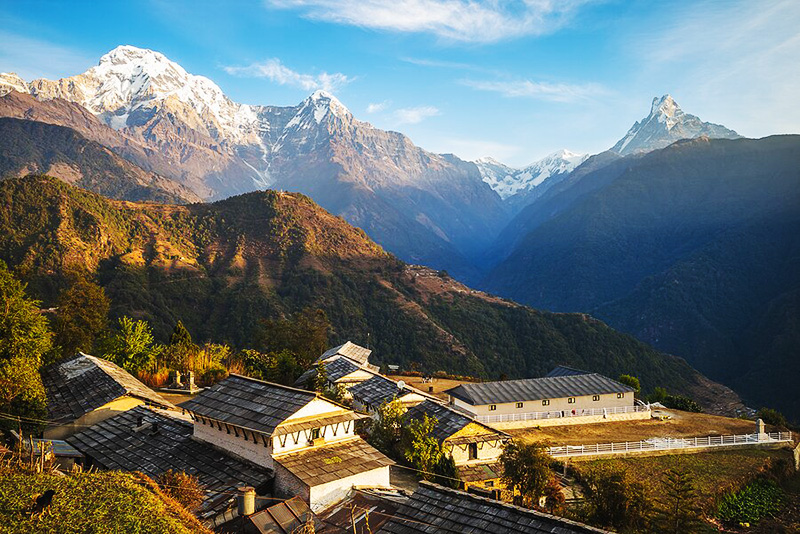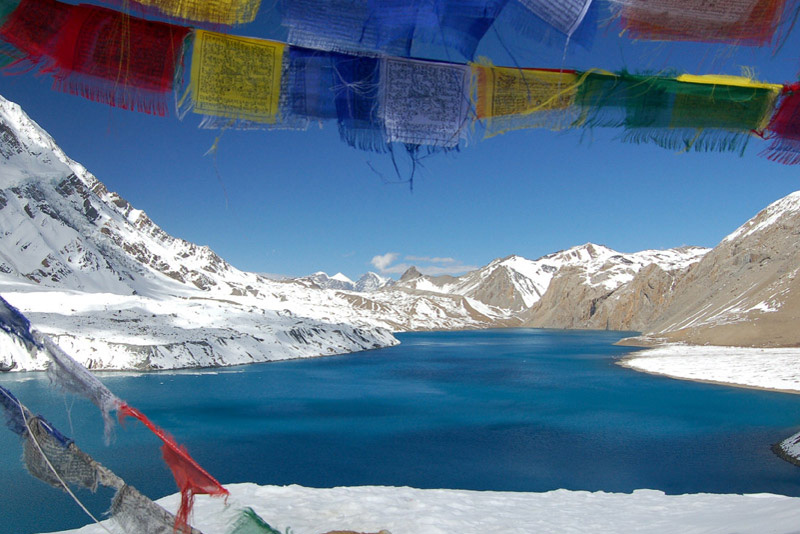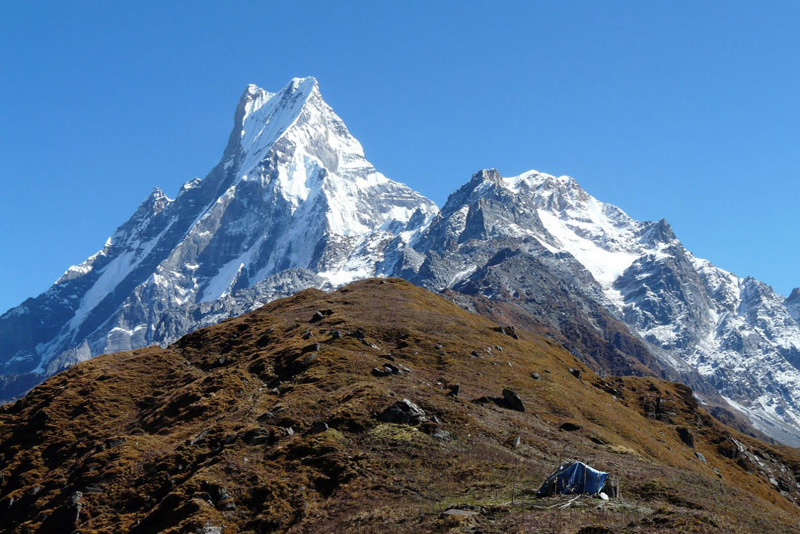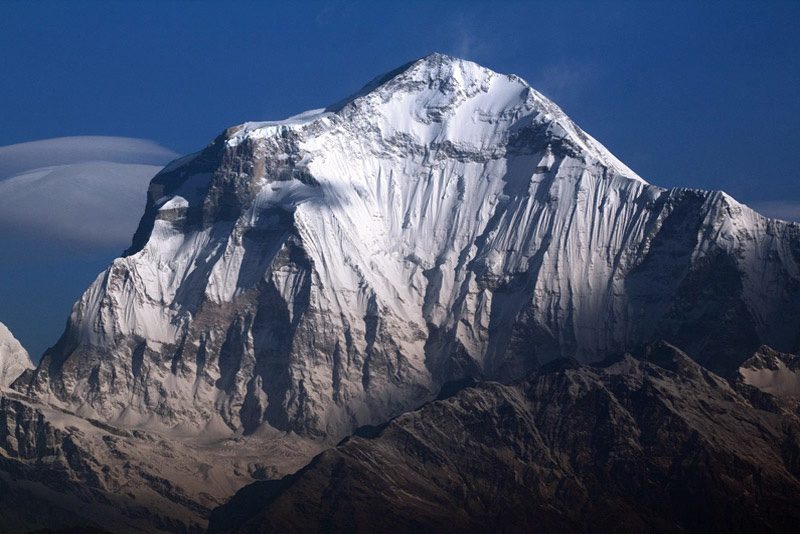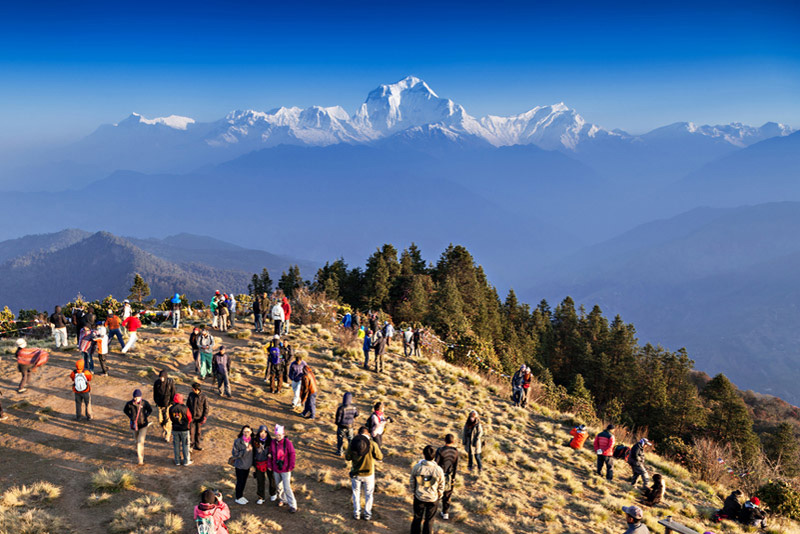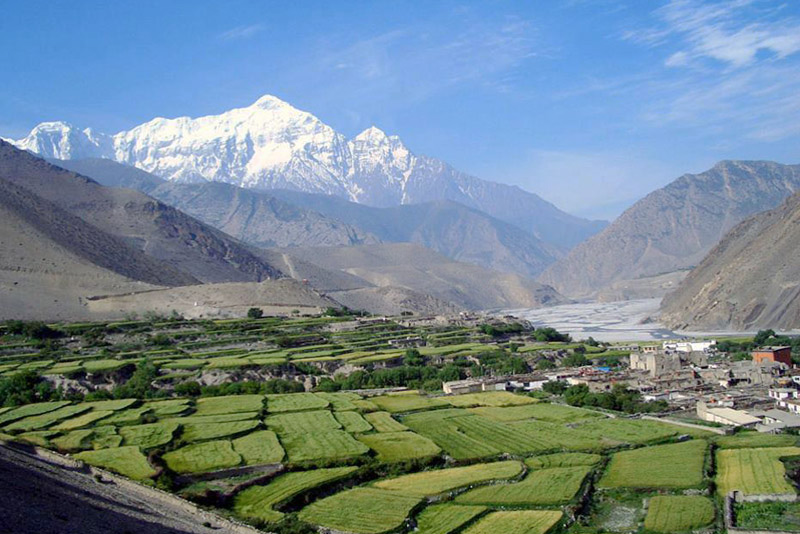Annapurna Circuit Trek
The Annapurna Circuit Trek is one of Nepal’s most legendary trekking routes, offering an extraordinary journey through some of the world’s most breathtaking landscapes. This classic trail circles the magnificent Annapurna Massif, leading you through lush valleys, ancient villages, alpine meadows, and across the thrilling high-altitude Thorong La Pass at 5,416 meters. Whether you’re chasing dramatic mountain views or rich cultural encounters, the Annapurna Circuit delivers an unforgettable adventure for every trekker.
If you’re wondering about the Top 7 Highlights of the Annapurna Circuit Trekking You Can’t Miss, you’ll find that the trail is packed with awe-inspiring moments — from the spiritual serenity of Muktinath Temple to the picturesque beauty of Manang village.
Still deciding if it’s right for you? Check out the Top 10 Reasons Why the Annapurna Circuit Trek Should Be on Your Bucket List and discover why so many adventurers call it a once-in-a-lifetime experience.
Before you hit the trail, it’s important to train and plan properly. Read How to Prepare Physically for the Annapurna Circuit Trekking to ensure you’re fit and ready for the challenges ahead.
If you’re torn between different trekking routes, our detailed comparison Annapurna Circuit vs Everest Base Camp will help you decide which journey best matches your spirit of adventure.
Choosing the Best Time to Trek the Annapurna Circuit is crucial for enjoying perfect weather and clear mountain views. Whether you prefer the vibrant colors of spring or the crisp skies of autumn, timing your trek right can make all the difference.
Wondering about the trek’s difficulty? Find honest insights in How Hard Is the Annapurna Circuit Trekking? to set the right expectations and mentally prepare.
Finally, if you’re new to trekking in Nepal, don’t miss our Annapurna Circuit Trek: The Ultimate Guide for First-Time Trekkers, packed with everything you need to know for a safe, exciting, and life-changing journey.
The mountains are calling—are you ready to answer?
When you arrive at Tibhuvan International Airport, our guide will pick you up and take you to your hotel in the bustling Thamel district of Kathmandu. Depending on your arrival time, you can choose to relax for the next journey, see the city’s attractions, or shop for adventure gear in one of Kathmandu’s many adventure supply stores. We’ll assemble our bikes and be ready for the journey in the afternoon.
We depart Kathmandu early in the morning to go to Besisahar. We travel via bus that we have booked. The road leading up to Besisahar is passable. Once we reach Besisahar, we trek an additional two hours to reach Bulebule near the Marysangadi River. After a lengthy bus ride, reaching Bulbule is a simple walk. Once we reach our destination, we refresh and spend the night there.
On the first day of the journey, we traverse several suspension bridges, waterfalls, rice paddies, and woodlands. Once we reach the cliff at Jagat, we can observe the Marsyangdi Khola and the surrounding rocky hills. Today, the beehives above the cliffs are a point of interest. We will soon reach Chamje, where we will spend the night.
As we proceed past tight and steep valleys, through rhododendron, pine, and bamboo forests, in the rocky folds of a mountain, we reach a bridge that leads to a rapid rise, and then a climb that reveals a valley that is broadening. After reaching the settlement of Tal, we must travel for a while through barley, wheat, and potato fields before reaching Dharapani. From there, we proceed west through fir and pine forests to Bagarchhap.
From Bagarchhap, we set out in the direction of a Danaque village, followed by a difficult ascent to a Tamang village with breathtaking views of Manaslu, Lamjung, Annapurna, and other mountain splendors. As we travel through a Tibetan settlement that serves as a transition between the lowlands and high hills, we continue a gentle, level path to Thanchowk, Kolo, and then Chame.
First, we travel through the older section of Chame, ascend to Telekhu, and then continue on a long, level path through woodlands en route to Brathang. After rounding a bend in the trail, we must cross a suspension bridge to return to the south side of the Marsyangdi River. The trail next leads us on a modest elevation over a pine-forested slope, before leveling off as we go from the upper section of the Manang valley to Pisang.
Pisang marks the beginning of the upper region of the Manang district. On this day, the walk ascends to the Tibetan-style settlement of Braga. Here, houses are built upon one another, making verandas with their roofs. The primary attraction is the Gompa, the largest in the district, which features an extensive collection of statues and is placed on a cliff overlooking the entire village. We arrive at Manang, where we refresh and spend the night, after a while.
As we ascend to higher elevations, we must acclimatize in order to prevent altitude sickness. With its magnificent natural surroundings and afternoon trek to Khangsar, Manang is the ideal location.
Now that we’ve rested, we feel refreshed and ready to resume our journey. As we proceed past the tall trees toward the alpine grass and junipers, we reach meadows where horses and yaks graze. The tranquil setting of Yak Kharka, with its meadows and steep slopes, is the ideal place for us to spend the night. We may alternatively choose to walk for one hour to Letdar, where we can spend the night.
As we ascend along the east bank of Jarang Khola, the ascent to Letdar facilitates acclimatization to the increasing altitude. Thorung Phedi, a meadow surrounded by sheer rocks, is reached after some time. A few sightings of blue sheep and snow leopards have been reported in the region, although sightings of Lammergeyers and griffons are frequent. Here, we spend the night.
Today, we will hike for around 7 to 8 hours. The trail is relatively less challenging because it has been traveled for many years, although high gusts in the upper parts could make it difficult. The trail is thought to have been utilized for hundreds of years to transport sheep, yaks, and other commercial commodities into and out of Manang. We arrive in Thorung Phedi in roughly six hours.
After reaching the Thorung la pass, we will be rewarded with stunning views of Annapurna, Gangapurna, and the severely glaciated summit of Khatungkang. Following a 1600-meter descent, we see the magnificent Dhaulagiri in the distance. The trail eventually gets less steep and enters green fields and meadows before arriving to Muktinath.
Muktinath is a place of nirvana in Hinduism that contains a temple and several monasteries, making it a holy destination for both Hindus and Buddhists. The main attractions of the site include the Jwalamai temple, which features a spring and an eternal flame, as well as the 108 holy water fountains. Every year, thousands of pilgrims visit these sites.
From Muktinath, we descend through meadows, streams, and fruit orchards on a portion of the Jomsom trek before reaching Kagbeni. We wander around the old village before descending. From Kagbeni we reach Jomson, Kali Gandaki valley.
Today we will take you to the airport to catch a short flight to Pokhara. Arrival in Pokhara, hotel transfer and free time for relaxation and your own activities.
After enjoying the natural and cultural beauty of Pokhara, we start driving to Kathmandu. We finally get to Kathmandu after about 6-7 hours. We can either take a break or go see the sights in the capital city.
Today we will take you to the airport to catch your flight out of Nepal.
- All necessary ground transfers.
- All necessary accommodations as per the itinerary.
- Tea House accommodations during the trek.
- Daily breakfast, lunch and dinner during the trekking.
- All necessary paper works.
- All necessary trekking permits.
- Experienced and First Aid-trained trekking guide.
- Strong, helpful porters.
- Comprehensive medical supplies.
- Trekking map.
- Insurance of all local team.
- Warm clothing and trekking gear for staff.
- Sleeping bag and trip duffle bag.
- Trekking certificate issued by us.
- Welcome and farewell dinner in Kathmandu.
- Nepal Visa fee.
- International flights.
- All meals not mentioned in inclusions.
- Personal expenses not stipulated.
- Optional add-ons.
- Gratuities.
Raj and his team are awesome. Especially after seeing how other travel companies in Nepal have functioned, not only are they on top of everything, but the guides and porters working with the company are treated really well. The morning we were meant to leave for Lukla, the plane kept getting delayed. By 9 am our guides had a chopper organised to take us, where we later chatted to people who only got on one at around 2 pm and ended up hiking in the dark. We also saw multiple porters carrying more than one duffle bag, however, this company limits it to one, for the wellbeing of the porters. I cannot recommend this company enough.
My dad and myself did plan to trek the Annapurna Circuit from Jagat to Jomsom and booked the trip via Raj and Getaway Nepal Adventure. While organizing everything in advance went smooth from the very beginning, we were amazed by the organisation of the whole trip once we arrived in Nepal – starting with a pick-up service in Kathmandu airport, also wisely chosing our guide and our porter (Manisha and Dai) which both were a perfect match to accompany us on our trekking. Both were very thoughtful and we felt like a companionship from the very beginning, but also very professional when it came to all concerns regarding the hike, like proper acclimatisation, the daily hike and everything besides. Overall organisation has been extraordinary and there hasn’t been anything where Raj was not able to support (even after the trip has finished).
This really has been a once-in-a-lifetime trip and we were so happy to have this with Manisha and Dai. If ever planning to do a trekking in Nepal again (and we would love to do soon) we definitely would book with Raj again and his company one more time.
You might also like...
Top Add-on Trips
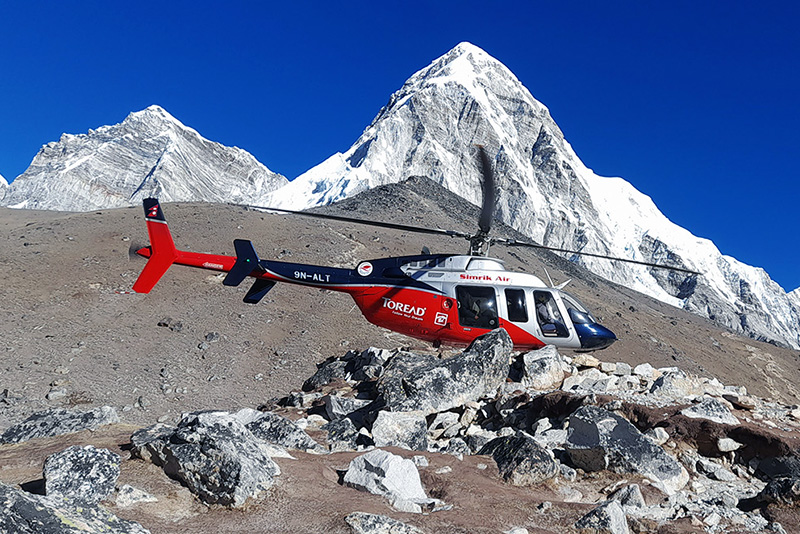
Everest Base Camp Helicopter Tour
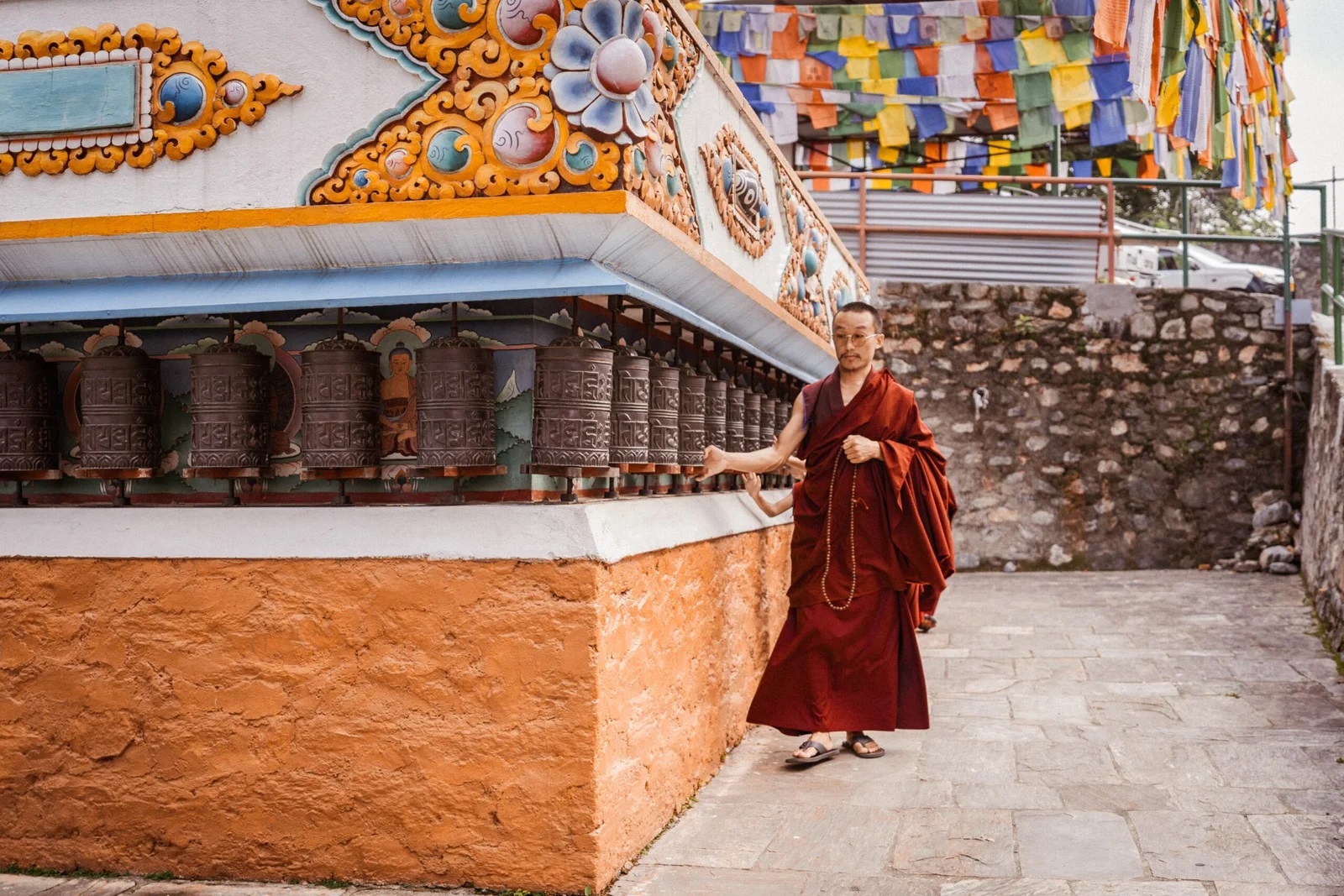
Monastery Stay Tour
